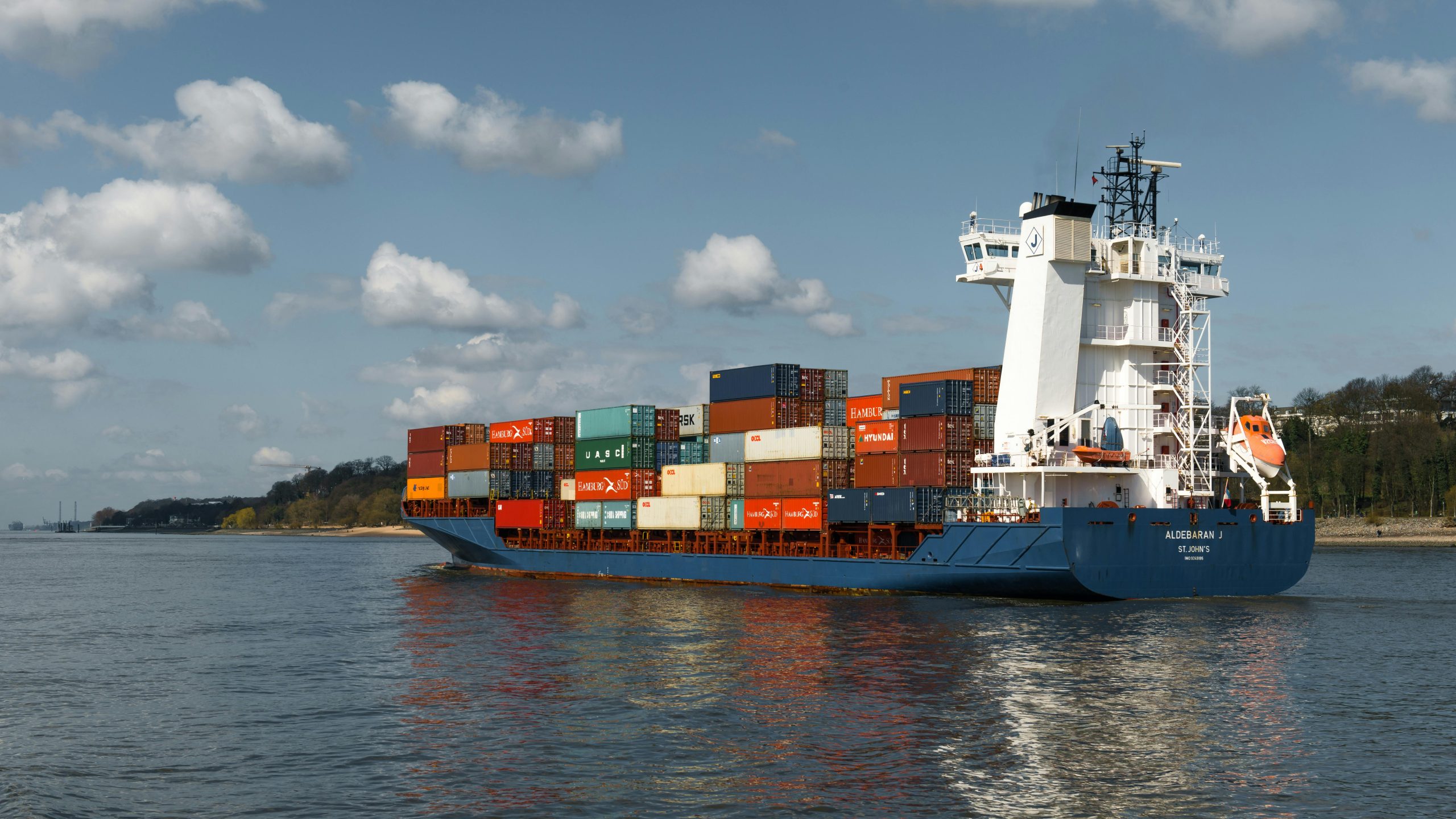
A Strategic Guide to Prevent Costly Disruptions in the Global Supply Chain
Introduction:
In the highly competitive world of international trade, speed, accuracy, and predictability in the supply chain are crucial to business success. For companies involved in importing, exporting, and international goods procurement, customs clearance is not merely an administrative step but a critical bottleneck for timely delivery, maintaining customer trust, and reducing operational costs.
However, many businesses overlook the complexity and hidden risks of this stage, unaware that a delay of just a few hours can lead to significant costs and missed opportunities. This article delves into the challenges, hidden costs, and professional solutions for navigating this vital phase of international trade safely and swiftly.
Part 1: Lesser-Known Complexities of Customs Clearance
1. Heavy Documentation and Administrative Details:
Successful clearance requires the preparation of a set of precise and coordinated documents: commercial invoices, bills of lading, packing lists, certificates of origin, import licenses, and health or compliance certificates. Any error or inconsistency in these documents can lead to the complete stoppage of the shipment and even financial penalties.
2. Regulatory Differences Across Countries:
Each country has its own customs system and unique legal requirements. From customs duties and goods classification to packaging requirements, health standards, and environmental regulations, ignorance or misinterpretation of these rules can be costly.
3. Mismatch Between Logistics Scheduling and Customs Preparedness:
In many cases, shipments arrive at ports or borders while authorizations, payments, or document preparations are incomplete. This mismatch not only causes delays but also undermines the trust of international customers.
4. Financial Risks Related to Payments and Documentary Credits:
Delays in transfers, errors in letters of credit, or inconsistencies in banking documents slow down and make the clearance process costly, especially in multinational trades where payments go through various channels.
Part 2: The Real Cost of Customs Clearance Delays
Many businesses consider customs delays as mere temporary interruptions; however, these interruptions can incur costs far beyond expectations:
Demurrage and Port Storage Fees: Keeping goods beyond the allowed period in customs warehouses or containers leads to escalating costs.
Loss of Sales Opportunities: Poor timing can result in missing sales seasons, order cancellations, or customer dissatisfaction.
Decline in Brand Reputation in the International Market: Untimely deliveries reduce credibility and can lead to the loss of key partners.
Cash Flow Pressure: Each delivery delay postpones the collection of receivables.
Inability to Meet Urgent Market Needs: In markets where speed is a competitive advantage, a delay equates to falling behind competitors.
Part 3: Professional Solutions for Seamless Customs Management
1. Designing a Document Standardization Structure:
Establishing clear internal procedures for the preparation, review, and recording of all customs documents, with multi-layered controls, minimizes common errors.
2. Logistics Planning Aligned with Customs Capacity and International Calendars:
Accurate knowledge of national holidays, seasonal port congestion, regulatory changes, and customs processing times in different countries prevents sudden stoppages.
3. Collaboration with Experienced Customs Experts and Consultants:
Engaging specialists who are daily familiar with regulatory changes, documentary procedures, and customs systems of various countries ensures a risk-free passage through this stage.
4. Alignment of Financial, Procurement, and Logistics Operations:
Coordination between financial, purchasing, and shipping teams is essential for the timely issuance of payment documents, compliance with letter of credit conditions, and prevention of inconsistencies in the bank acceptance of documents.
5. Utilization of Digital Tools and Tracking Systems:
Advanced digital platforms for tracking shipment status, real-time alerts on potential issues, and analysis of clearance performance aid in precise decision-making.
Conclusion: Customs Efficiency, Your Hidden Competitive Advantage
Customs clearance is a stage that can either pave the way for growth or generate hidden costs and significant risks. In today’s trade environment, every hour of delay in clearance represents a gap between you and a competitor who operates faster, smarter, and more accurately.